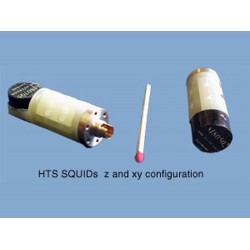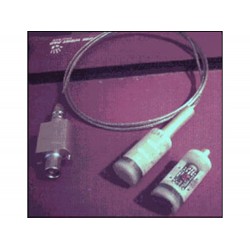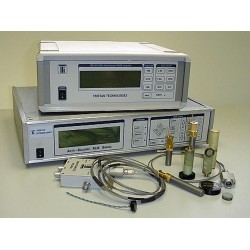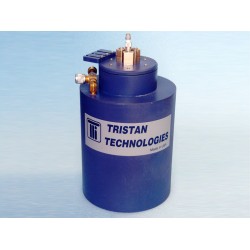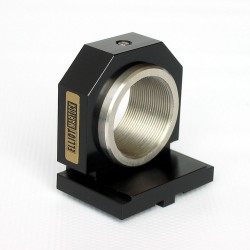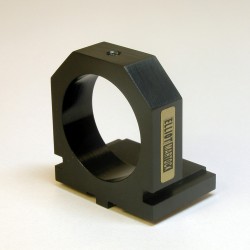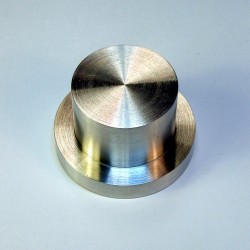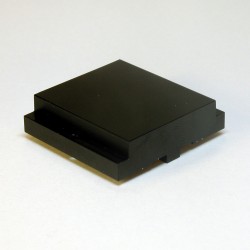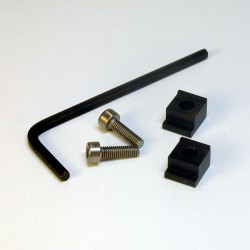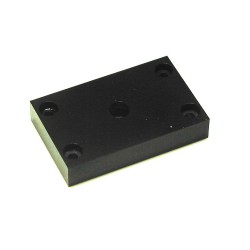SQUID Electronics
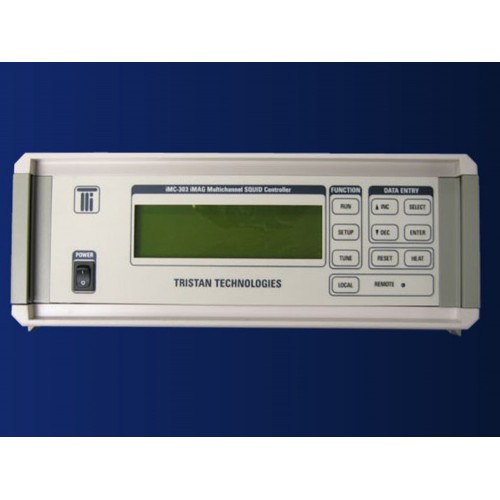
- Stock: Contact us for details
- Click here to: Contact us
- Model: Tristan Technologies SQUID Electronics
State of the art sensor & control technology
Tristan SQUID Electronics
Tristan iMAG® SQUID components combine the state of the art in both sensor technology and control electronics. The compact iMAG® flux-locked loop unit places all the critical circuitry as close as practical to the SQUID sensors and uses optical fibre communications to the control unit to reduce the shielding problems inherent in conventional SQUID electronics.
The microprocessor based iMAG® controller automatically tunes and controls up to three sensors and provides IEEE-488 and RS-232 interfaces for control and high-speed data acquisition.
iMC-303 iMAG Multichannel Controller
The iMAG® SQUID controller forms the basis of a powerful and flexible measurement system. Its three channel capability accommodates nearly all laboratory SQUID applications. A unique feature is the ability to simultaneously control both LTS and HTS devices. For the experienced user, the Tristan Multichannel Controller offers complete manual control of all SQUID parameters, including bias level, modulation amplitude, "skew" level, dc flux level in the SQUID (offset), heater and integrator reset.
High-resolution A/D converters and the standard GPIB interface make the iMAG® controller ideal for use with computerised data acquisition. Use the rear-panel BNC connectors to monitor the high-level analogue outputs. A "fourth channel" input allows you to synchronously digitise your own signal along with the three SQUID signals using the controller's internal A/D converter.

Flux Locked Loop
iFL-301 Series Flux-Locked Loops
The iMAG® flux-locked loops (FLLs) provide superior performance under a wide range of operating conditions.
The Tristan design locates the FLL as close as practical to the SQUID sensors and eliminates the need to run low-level or high-frequency leads over long distances; dc power and the high-level analogue output are the only electrical connections required between the FLL and the Multi-channel Controller.
The high-frequency clock signal and digital control signals are all supplied via optical fibre. A short cable connects the FLL to the Cryogenic Cable, allowing the compact FLL to be conveniently mounted near the dewar, but out of the way of the liquid cryogen transfers. Connection to the iMC-303 controller is via a composite cable. Tristan's advanced design provides superior radiofrequency (rfi) rejection and allows for long cable runs, even in hostile environments. It is a simple matter to locate the FLL inside a shielded room and operate it using an iMAG® Multichannel Controller located outside the room.
iMAG® FLLs are offered in both HTS and LTS versions. The HTS version uses an advanced bias reversal technique that effectively reduces low-frequency noise in HTS SQUIDs without introducing noise spikes in the output spectrum. The less-expensive LTS FLL provides slightly higher frequency response using LTS SQUIDs.


